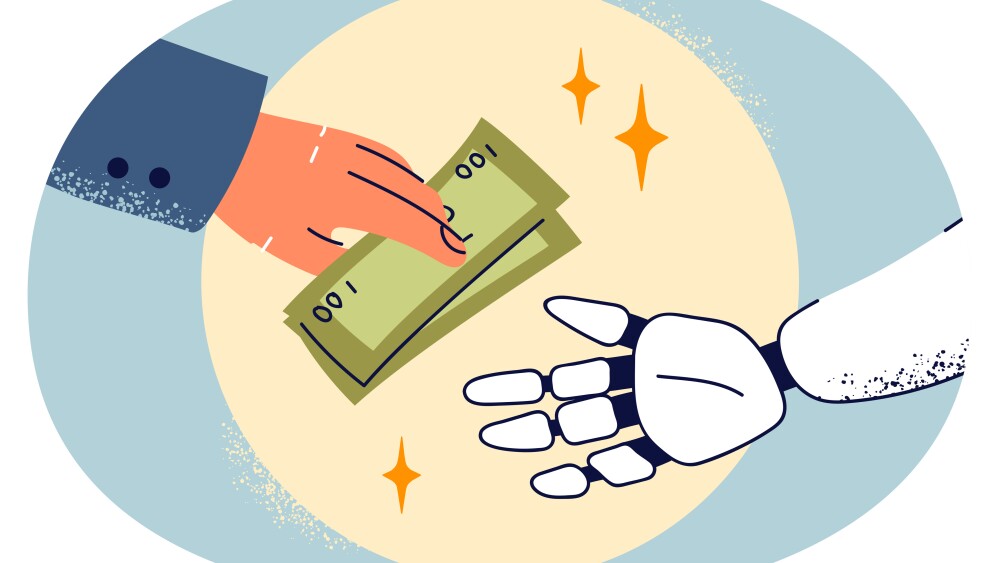This is an update on what is known about the clots and what the likely course of action is going to be.
It’s only been a week since the U.S. Centers for Disease Control and Prevention (CDC) and the U.S. Food and Drug Administration (FDA) recommended a pause on distribution of the Johnson & Johnson COVID-19 vaccine. Six cases of a “rare and severe” type of blood clot had been identified in six patients, with a possible seventh. This is an update on what is known about the clots and what the likely course of action is going to be.
The clots observed with the J&J vaccine, which uses a harmless human adenovirus to deliver genetic material coding for the SARS-CoV-2 spike protein, are cerebral venous sinus thrombosis (CVST) in combination with low levels of blood platelets, called thrombocytopenia. All six of the cases were in women between the ages of 18 and 48 and occurred six to 13 days after receiving the single-dose vaccine. The seven case is also a woman, but she is older, and the type of clot appears to be different. This particular type of clotting also responds negatively and dangerously to the typical clotting treatment of the anticoagulant heparin.
These six cases were extremely rare, out of more than seven million doses administered. Comparatively speaking, the risk of developing dangerous blood clots from COVID-19 itself is 16%, and the disease has, as of April 20, 2021, directly caused 567,966 deaths in the U.S. alone, according to Johns Hopkins University.
Currently, the CDC is looking into a “handful” of new cases of other side effects tied to the J&J vaccine. At this time, the CDC has not stated what those side effects are.
Rochelle Walensky, director of the CDC, stated, “These have been a handful of cases, not an overwhelming number of cases. We are working through adjudicating them and verifying whether they do in fact reflect a true case. And that will be the work of the CDC this week, as well as the FDA.”
It’s not known why the vaccine would cause these clots, and it has not been completely determined if there is an actual link, although the evidence does appear to say that there’s an association.
“Suspicion is rising that these rare cases may be triggered by the adenovirus component of the AstraZeneca and J&J vaccines,” said Eleanor Riley, professor of immunology and infectious diseases at the University of Edinburgh. She indicated that while more data was needed, “it remains the case that for the vast majority of adults in Europe and the USA, the risks associated with contracting COVID-19 far, far outweigh any risk of being vaccinated.”
The COVID-19 vaccine developed by AstraZeneca and the University of Oxford has also been linked to blood clots, although of a different type than the J&J vaccine. The AstraZeneca-Oxford vaccine uses similar technology to the J&J vaccine, but otherwise uses an adenovirus common to chimpanzees as a vector. More than a dozen European countries have halted distribution of the AstraZeneca-Oxford vaccine as a result. To date, there have been about 222 suspected blood clotting cases in Europe with more than 30 deaths linked to the AstraZeneca-Oxford vaccine, out of 34 million vaccinations. In these cases, the clots are pulmonary embolism, deep vein thrombosis (DVT) or thrombocytopenia.
The predominant theory of what is causing the clots is connected to clot-promoting platelet factor 4 (PF4). A study published in the New England Journal of Medicine by researchers out of the UK on the AstraZeneca-Oxford cases, found that 21 patients had antibodies for PF4. Functional heparin-induced thrombocytopenia (HIT) testing also showed positive PF4 results in five of seven patients tested.
“These findings confirmed the presence of platelet activation similar to that seen in patients with HIT, as measured by the addition of donor platelets to patient serum in the absence of heparin,” the investigators wrote. “This effect was not increased with the addition of heparin in physiologic doses but was fully suppressed with the addition of an excess of heparin.”
HIT is when the immune system generates antibodies to a complex of heparin and PF4. This complex causes platelets to form clots throughout the body. Each dose of the vaccines contains about 50 billion virus particles. Some of those possibly fracture into pieces and spread their DNA, which has a negative charge, just like heparin. PF4 has a positive charge, which is attracted to the negatively-charged DNA. This could potentially trigger the production of antibodies, which would signal an increase of blood coagulation.
On April 14, the FDA’s Advisory Committee on Immunization Practices (ACIP) met to discuss the J&J vaccine, but declined to make a recommendation, indicating they needed additional data about the blood clots. The FDA and CDC indicated they will be presenting their information on additional side effects to the committee before April 23, when the adcom is meeting again.
Although there was some finger-pointing by J&J at Pfizer-BioNTech and Moderna, claiming that their mRNA vaccines have had blood clots as well, they have since backed off from the allegations, particularly since the study they were citing did not say that.
The study they cited was published in the American Journal of Hematology in February.
The study’s lead author, Eun-Ju Lee, an assistant professor of medicine at Weill Cornell Medical College, noted, “We didn’t find anyone with blood clots. We didn’t find any of those scary things that are happening with Johnson & Johnson.”
The study did analyze people who had experienced low blood platelet levels, not blood clots, but Lee said, “those are entirely different entities. It’s like apples and oranges.”
More information and a recommendation by the ACIP are likely to come on Friday.





